plant based nanoparticles
Biosynthesized Nanoparticles in Cancer Metals and Metal Oxides The plant-based green synthesis of metal and metal oxide NPs has gained great attention due to their non-toxic non-hazardous cost-effective and eco-friendly properties. They are non-toxic have tissue-specific targeting properties and can be mass-produced.

Plant Based Gold Nanoparticles A Comprehensive Review Of The Decade Long Research On Synthesis Mechanistic Aspects And Diverse Applications Sciencedirect
A team of researchers from Immanuel Kant Baltic Federal University obtained magnetic nanoparticles using sweet flag Acorus calamus.
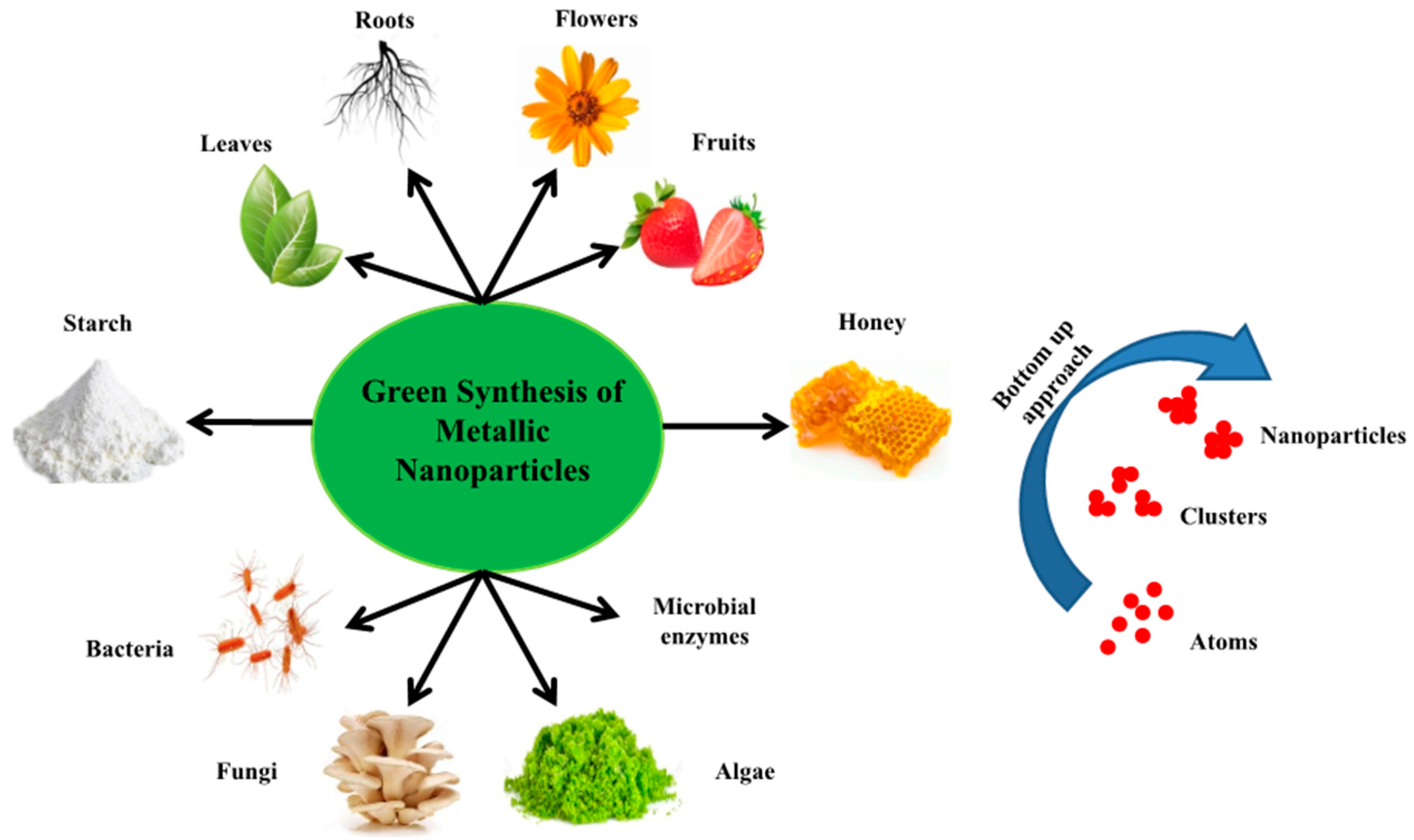
. Symplast what influences their effectiveness and their final fate. Plant-Based Green Synthesis of Nanoparticles. Nanoparticle traits and plant species greatly affect the interaction and nanodevices can enter and move through different pathways apoplast vs.
Nanomaterials have revolutionized the world of cancer therapy and plant-derived nanoparticles have the added advantage of being cost-effective and easy to mass produce. General mechanism involved in plant-based NP formation is proposed as. This chapter summarizes the plant sources used for nanoparticle synthesis characterization and their applications.
Depending on the effect we are expecting for a nanocarrier the application method might be critical. The specific features of size morphology and shape of plant-based AgNPs give them the potency to fight multi-drug resistant bacteria. Additionally plant-based materials are relatively easy to scale up when it comes to the large-scale production of nanoparticles.
Request PDF Plant-based metallic nanoparticles as potential theranostics agents. Ii during growth phase small NPs adhere to form large size NP Ostwald ripening. However very little is known about the interactions of nanomaterials with plant cells and the mechanism of internalization and delivery of biomolecules using nanoparticles as a carrier.
Plant parts such as leaves fruits seeds stems flowers roots barks and fruit peels are involved in the synthesis of various types of nanoparticles. For the synthesis of nanoparticles by plant extracts the plant parts root leaf bark etc are washed thoroughly with distilled water and then cut into small pieces and boiled to perform the extraction. Due to the presence of the cell wall the delivery of biomolecules such as nucleic acids is a major challenge which limits the application of nanomaterials in genetic engineering-mediated crop.
Besides obtained NPs are more bio-compatible than chemical synthesized ones. I first of all reduction in metal ions takes place by the phytoconstituents followed by nucleation of reduced metal atoms that is called activation phase. Ergo it outlines that by incorporating plant-based sources as the chief ingredient of nanoparticle synthesis we are able to reduce the hazards of greenhouse gas emissions in turn by slowing down increasing climate change disasters globally and enlighten the insights of our scientific community with nanotechnology for green innovation.
Plant-Based Antioxidant Nanoparticles without Biological Toxicity Here we present a function to derive non-deteriorated nanoparticulated lignin as an antioxidant without biological toxicity that is supplied through the simultaneous enzymatic saccharification and comminution of plants. This mini-review aims at gaining knowledge on basic aspects of plant nanotechnology. And its size shape with the.
Production Characterization and Applications. PDNPs offer multiple advantages over the currently available drug. A detailed look into mechanistic aspects of the action of AgNPs against resistant bacteria with a.
These nanoparticle-based systems like EVs contain bioactive molecules such as polyphenols known antioxidants and microRNA and they can deliver drugs to specific organs in thebodies. Another recently developed option is plant-derived nanoparticles NPs which can be conveniently produced in large quantities at a low cost. Therapeutic and future challenges of plant-based silver nanoparticles Green synthesized AgNPs are the emerging area of research with enormous potent activity.
Plant-based silver nanoparticles AgNPs are among the easiest to prepare 242627303538. Bioinspired tool for imaging and treatment Theranostic approach provides us a platform where diagnosis and. However plant-based silver nanoparticles decreased nonenzymatic activities in rice suffering from biotic stress.
Plant-derived edible nanoparticles PDNPs are nano-sized membrane vesicles released by edible plants such as grapefruit ginger broccoli and lemon. Iii termination is the last phase during which NPs attain their. For the green synthesis of silver nanoparticles a silver metal ion solution and a reducing biological agent are required.
The low cost and higheco-friendly-natured plants are very advanced and beneficial to human. Next the extract can be purified by filtration and centrifugation. Both the roots and the leaves of this plant have antioxidant.
While in recent years the enormous progress of nanotechnology in biomedical sciences has revolutionized therapeutic and diagnostic approaches the comprehension of nanoparticle-plant interactions including uptake mobilization and accumulation is still in its infancy. The easiest and least expensive method for producing AgNPs is to reduce and stabilize Ag ions using a mixture of biomolecules such as. Thus they have great potential for clinical applications.
Using plants has a number of advantages such as eliminating the need for culture preparation and isolation maintenance being relatively inexpensive eco-friendly stable safe and non-toxic reduced production times. Reactive oxygen species are produced in plants under biotic stresses. Our study uncovers that nanoparticle shape and size both greatly influence nanoparticle uptake in plant cells and the ability of plants to use the delivered biological cargoes with a strict 20 nm.
To cope with this situation plants enhance their enzymatic and nonenzymatic activities. Synthesized plant mediated nanoparticles include Silver Gold Palladium Indium oxide Iron oxide Zinc oxide Gold-palladium core shell Titanium dioxide Selenium-protein composite Magnetite Platinum Cerium IV oxide Manganese oxide Copper Lead Copper oxide Silver-gold bimetallic gold nanorods and nanowires Iron etc. Different ratios of plant extract metal salt solution and water depending on the plant species and parts are.
Plant-based synthesis in turn is a method which can provide AgNPs that are cost-effective and eco-friendly as well as biocompatible. The foliar applications of nanomaterial enhanced the antioxidant defense system of plants and. Plant-derived phytoconstituents used for green synthesis are the numerous sources of potent drug providing excellent activity to fight and destroy the devastating diseases like cancer and viral.
Plant-mediated nanoparticles synthesis approaches possess advantages such as the availability of a variety of plant species the presence.

A Review On Plant Extract Based Route For Synthesis Of Cobalt Nanoparticles Photocatalytic Electrochemical Sensing And Antibacterial Applications Sciencedirect

Silver Nanoparticle An Overview Sciencedirect Topics

Plant Mediated Green Synthesis Of Metal Based Nanoparticles For Dermopharmaceutical And Cosmetic Applications Sciencedirect

The General Steps Of Green Synthesis Of Inorganic Nanoparticles Using Download Scientific Diagram
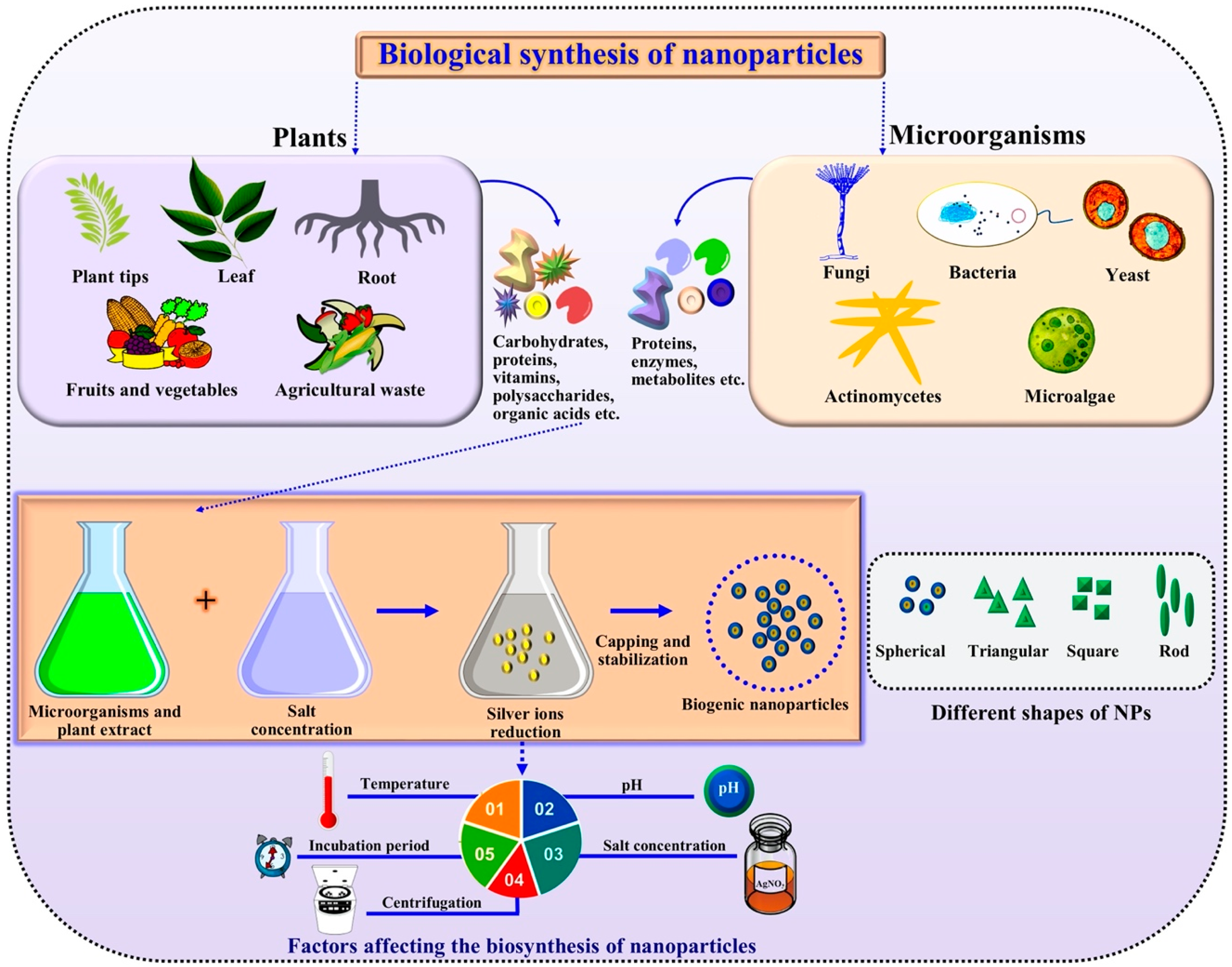
Nanomaterials Free Full Text Advancements In Plant And Microbe Based Synthesis Of Metallic Nanoparticles And Their Antimicrobial Activity Against Plant Pathogens Html

Green Synthesis Of Nanoparticles And Their Biomedical Applications A Review Acs Applied Nano Materials
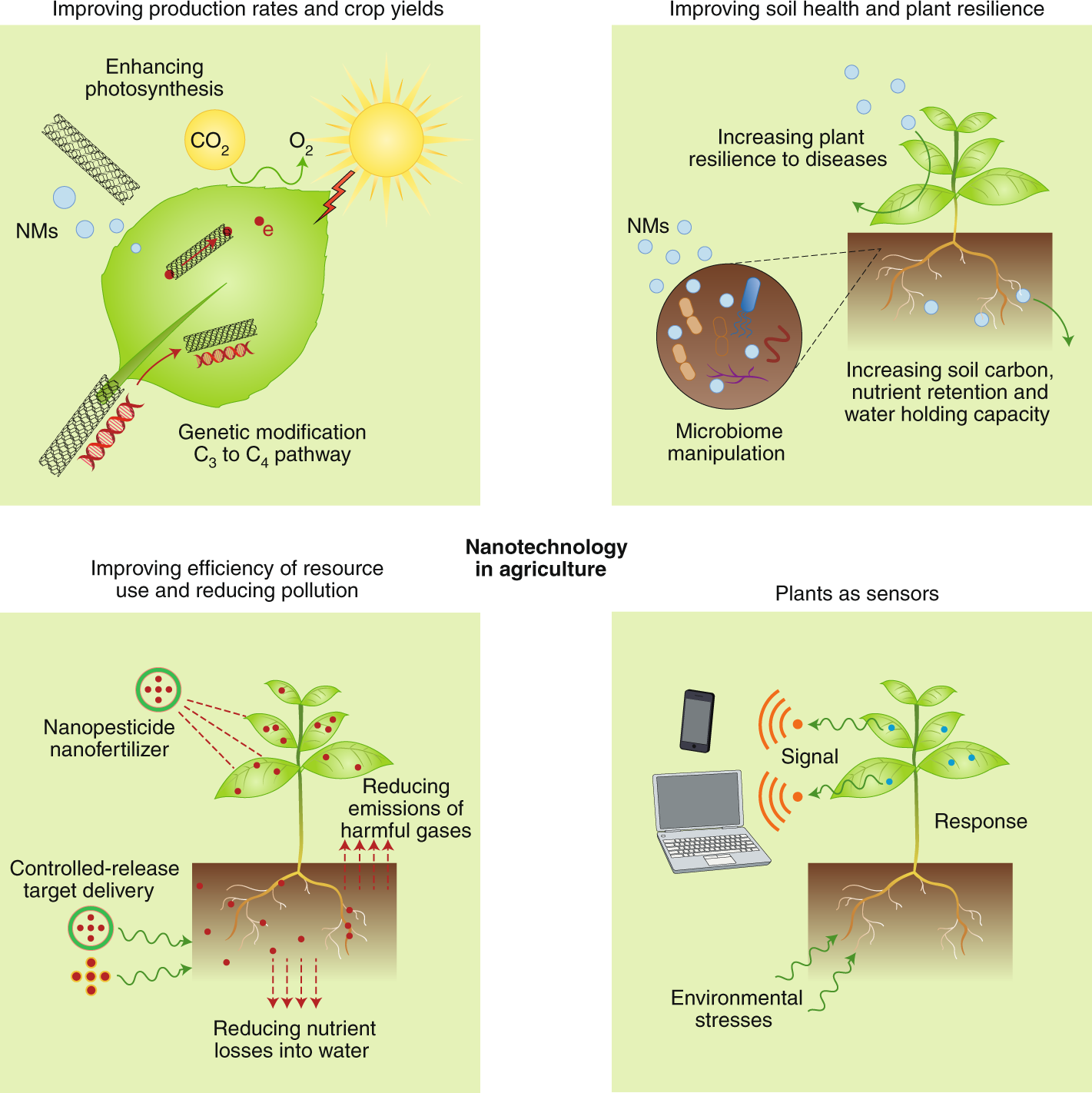
Nanotechnology And Artificial Intelligence To Enable Sustainable And Precision Agriculture Nature Plants

Plant Derived Exosome Like Nanoparticles And Their Therapeutic Activities Sciencedirect

The General Steps Of Green Synthesis Of Inorganic Nanoparticles Using Download Scientific Diagram
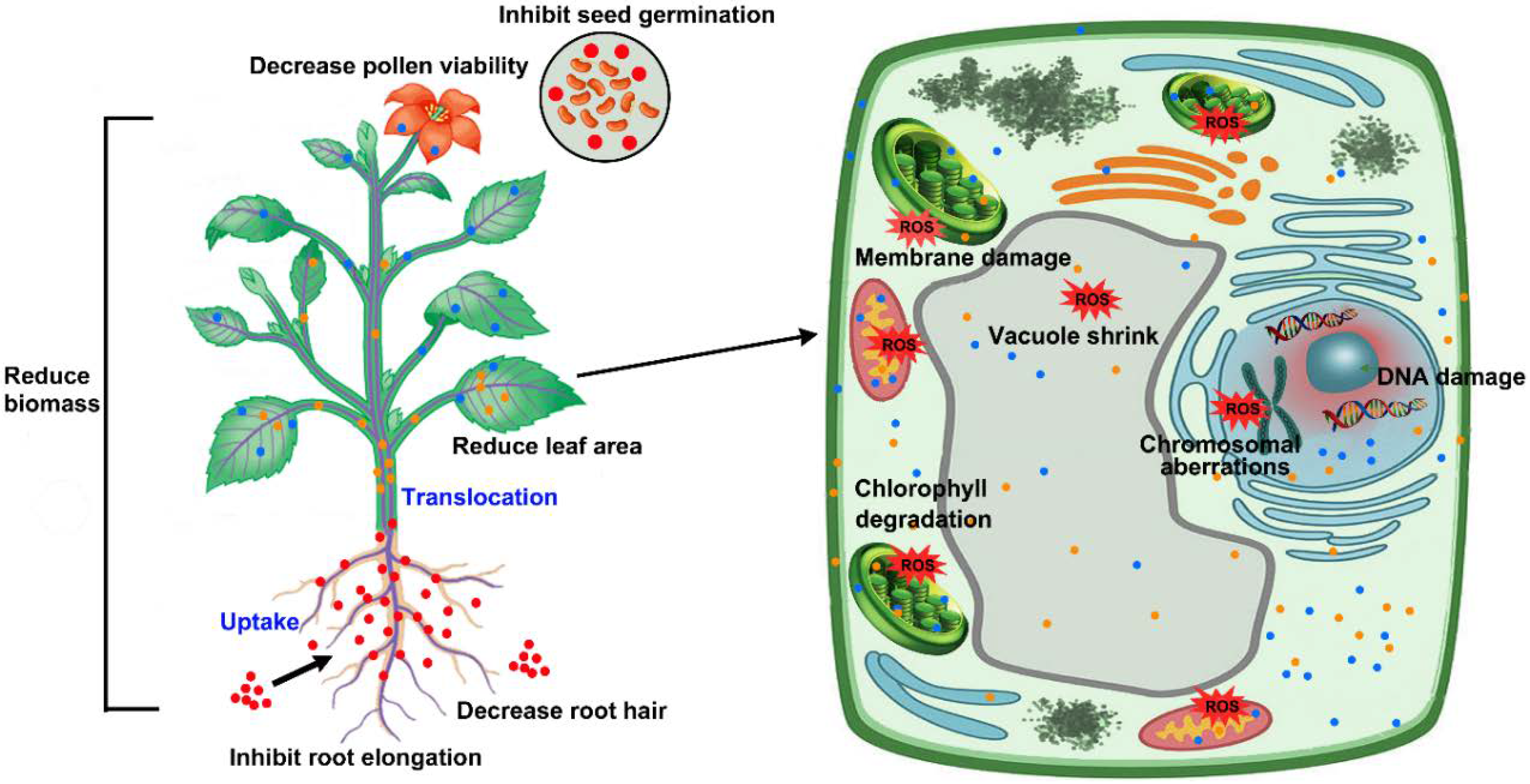
Ijms Free Full Text Impacts Of Silver Nanoparticles On Plants A Focus On The Phytotoxicity And Underlying Mechanism Html
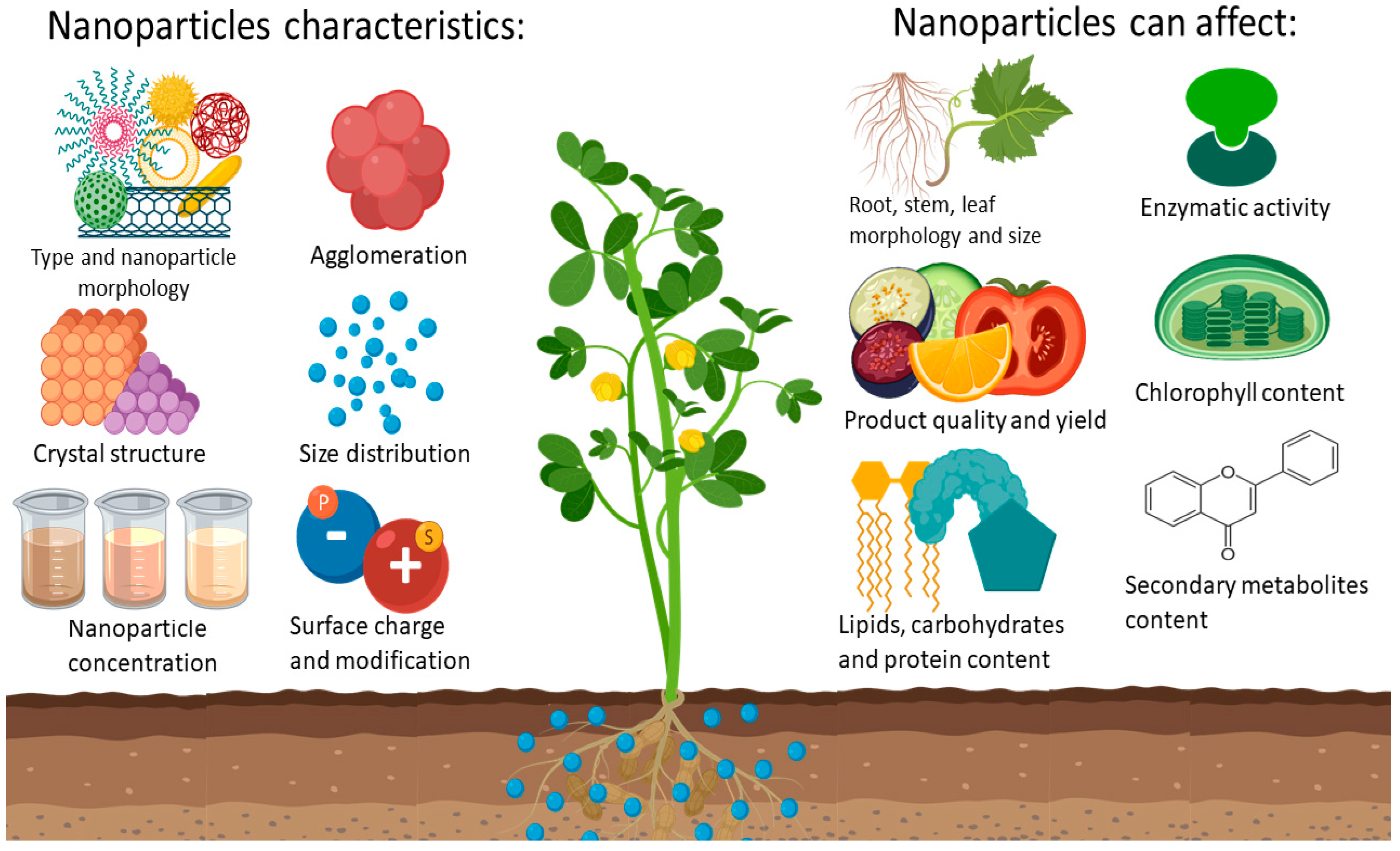
Nanomaterials Free Full Text Nanoparticles In Agroindustry Applications Toxicity Challenges And Trends Html

Green Synthesis Of Metal And Metal Oxide Nanoparticles From Plant Leaf Extracts And Their Applications A Review

A Review On Plant Extract Based Route For Synthesis Of Cobalt Nanoparticles Photocatalytic Electrochemical Sensing And Antibacterial Applications Sciencedirect
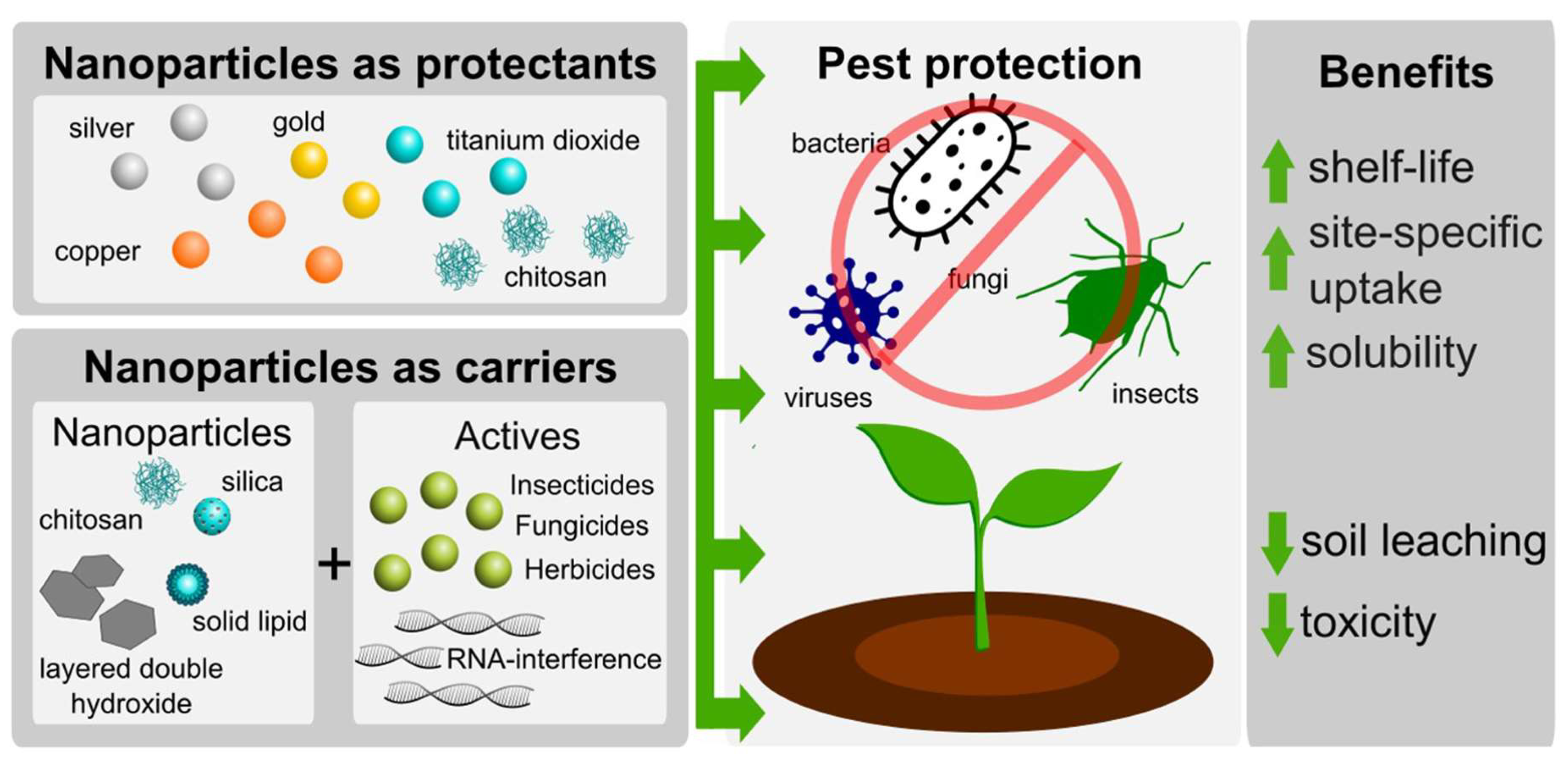
Agronomy Free Full Text Nanotechnology For Plant Disease Management Html

Nanomaterials Free Full Text Flower Based Green Synthesis Of Metallic Nanoparticles Applications Beyond Fragrance Html

Advances In Plant Derived Edible Nanoparticle Based Lipid Nano Drug Delivery Systems As Therapeutic Nanomedicines Journal Of Materials Chemistry B Rsc Publishing Doi 10 1039 C7tb03207b

New Frontiers In The Plant Extract Mediated Biosynthesis Of Copper Oxide Cuo Nanoparticles And Their Potential Applications A Review Sciencedirect
Comments
Post a Comment